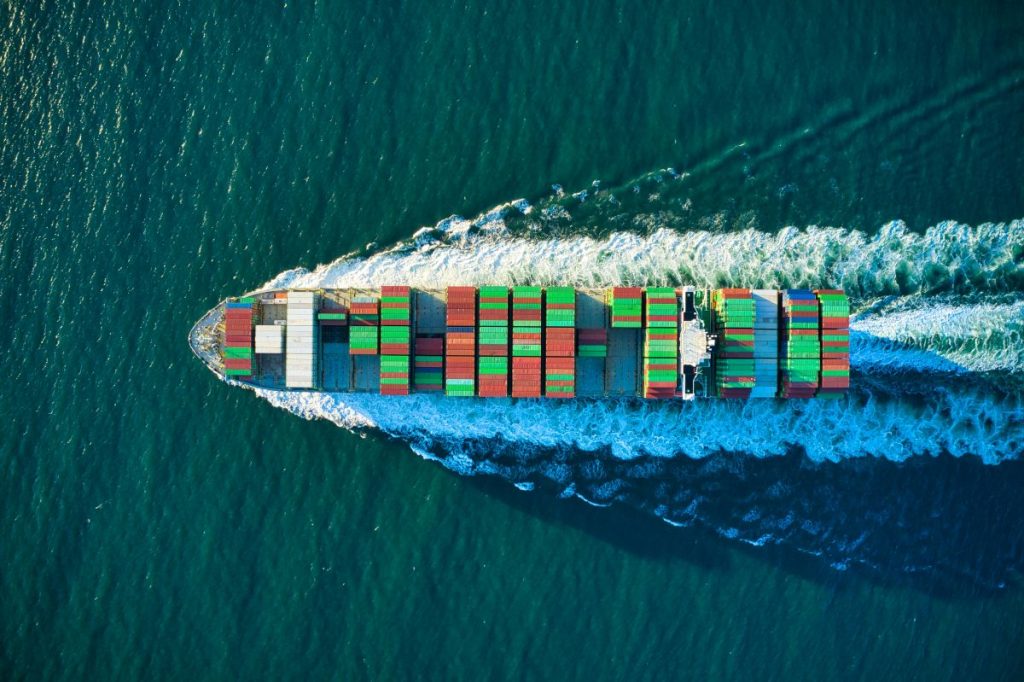The escalating complexity of global trade is compelling businesses to reevaluate their approaches to sourcing, logistics, and compliance. Geopolitical tensions and shifting trade policies necessitate enhanced visibility and collaboration within supply chains. Artificial intelligence and networked platforms are emerging as pivotal tools, equipping companies with the agility required to navigate this unpredictable landscape.
Geopolitical Dynamics Reshaping Global Trade
Intensifying trade disputes, particularly between the U.S. and China, are prompting companies to diversify their sourcing strategies. The enforcement of regulations like the Uyghur Forced Labor Prevention Act (UFLPA) has heightened the need for transparency, especially in industries such as electronics and textiles. This regulatory environment is accelerating a shift away from reliance on single-source suppliers, with businesses exploring alternatives in regions like India, Vietnam, Mexico, and the European Union.
Additionally, environmental concerns and the increasing frequency of natural disasters are influencing companies to adopt nearshoring and localized production models. These strategies aim to mitigate risks associated with long, complex supply chains and enhance resilience against disruptions.
Leveraging AI for Enhanced Supply Chain Visibility
In response to these challenges, AI-driven solutions are becoming integral to supply chain management. By analyzing vast datasets, AI can map intricate supply networks, identify potential compliance risks, and automate documentation processes. This technological integration enables businesses to maintain real-time oversight of their operations, ensuring adherence to evolving regulations and market demands.
A notable development in this context is the implementation of “Product Passports.” These digital records provide comprehensive traceability of a product’s origin, components, and compliance status. Such transparency not only facilitates smoother regulatory approvals but also fosters trust among consumers and business partners.
AI is proving to be a game-changer for logistics and trade operations. According to a report from Georgetown University, “Companies that have embraced AI-driven supply chain management have seen a 15% reduction in logistics costs, a 35% decrease in inventory levels, and a 65% improvement in service levels.” These figures highlight the tangible benefits of AI adoption in mitigating risks and driving efficiency.
Strategic Collaboration: The Path Forward
The current trade environment underscores the necessity for strategic collaboration among manufacturers, logistics providers, and regulatory bodies. By embracing AI and networked platforms, stakeholders can share critical information, anticipate disruptions, and coordinate responses effectively.
This collaborative approach transforms supply chains from linear, siloed operations into dynamic, interconnected networks. Such evolution is essential for businesses aiming to enhance resilience, ensure compliance, and maintain competitiveness in a rapidly changing global market.
While the volatility of global trade presents significant challenges, it also offers opportunities for innovation and growth. Companies that proactively integrate AI and foster collaborative networks will be better positioned to navigate uncertainties and capitalize on emerging prospects in the international marketplace.





